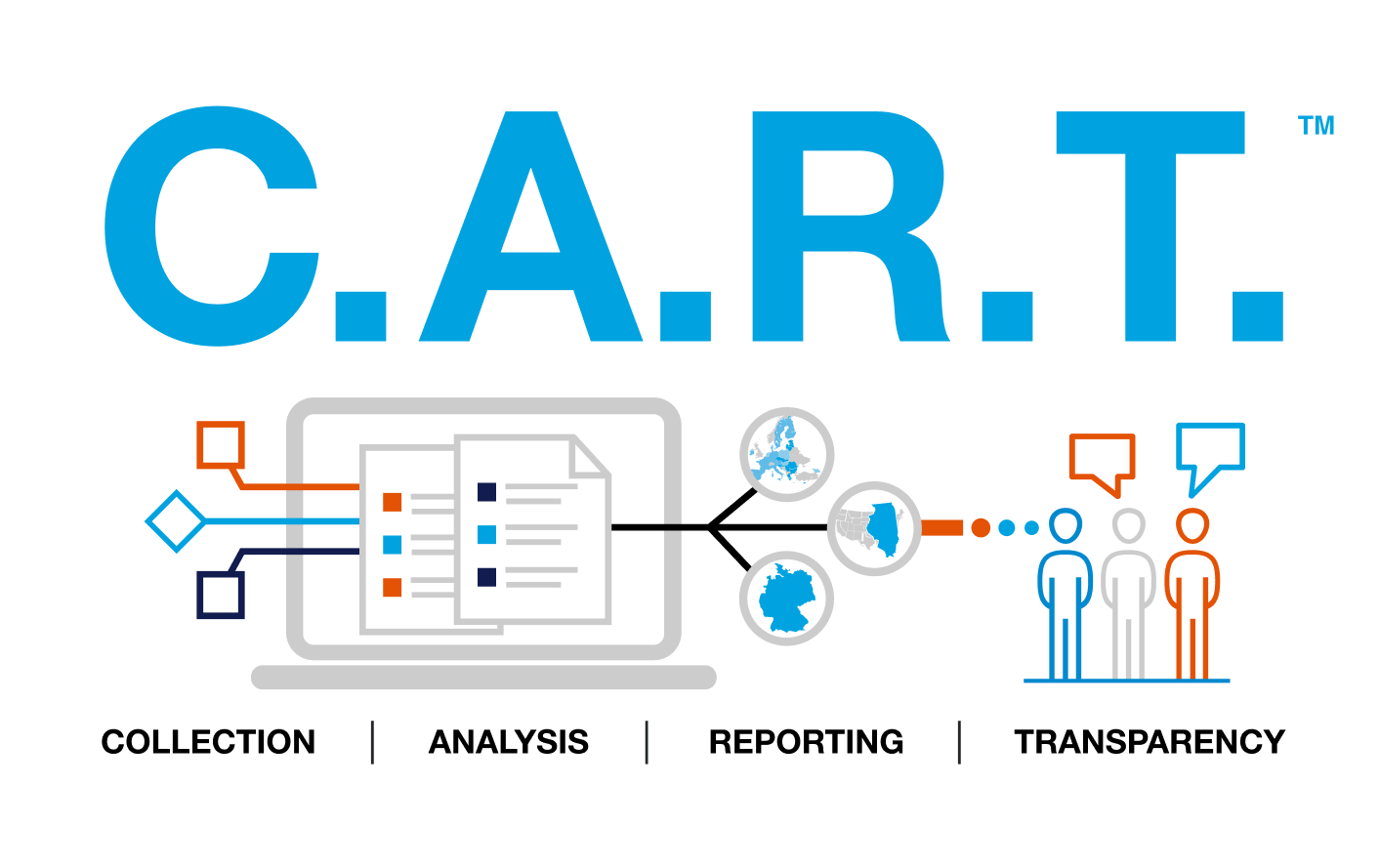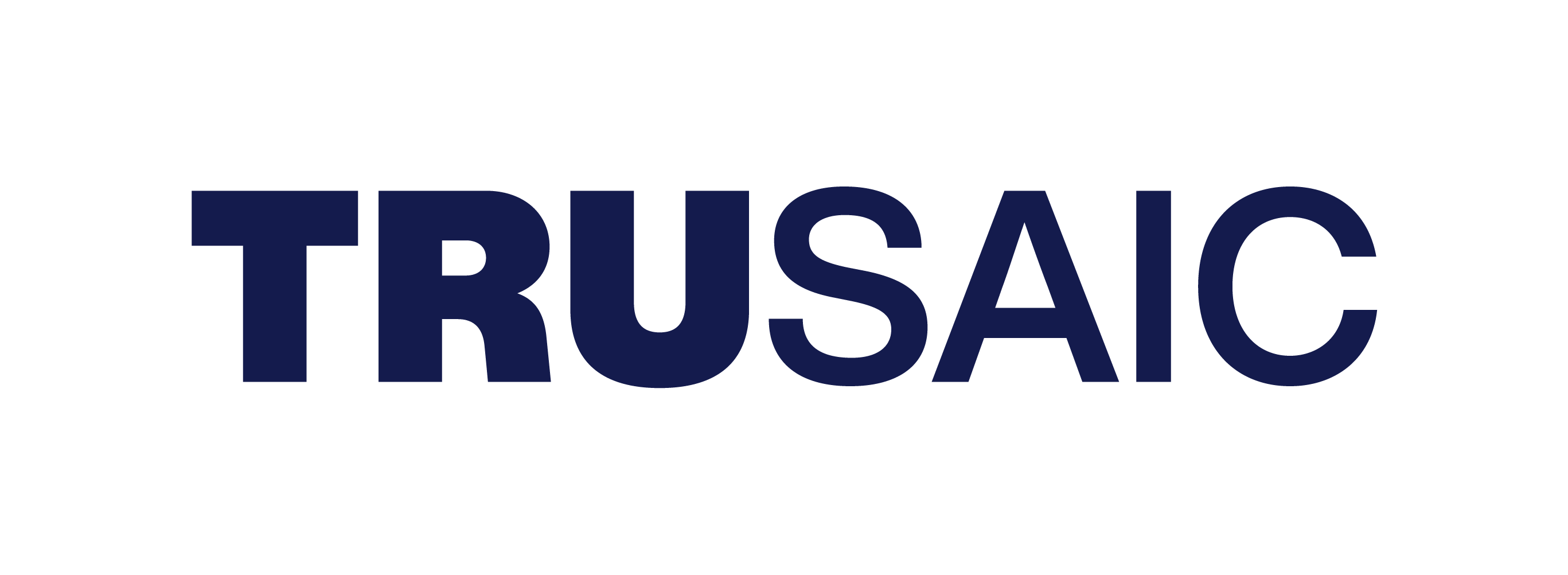Your Guide to Pay Data Compliance

Global pay data reporting is complex and requires a strategic framework to tackle with efficiency and confidence. Trusaic’s C.A.R.T.™ (Collection, Analysis, Reporting, and Transparency) framework is your guiding light to navigate compliance across all jurisdictions.
We've meticulously researched and analyzed jurisdictional requirements worldwide, ensuring that we understand the nuances of each mandate. From collecting employee pay and representation data to conducting in-depth workforce analyses, our expertise spans every aspect of compliance. With C.A.R.T., we guide you through the process, helping you meet reporting and transparency obligations with ease and confidence.
Collection
Just as the first step in cooking a meal is identifying and gathering the right ingredients, the first step of pay data compliance is gathering the right data. Absent the right technology, this can be a tedious process that overwhelms an HR department that already has plenty on its plate.
Trusaic’s Workplace Equity Suite of products will expedite this process for you by gathering employee pay and/or representation data through seamless software integration. The necessary data is sorted and stored to address your organization’s unique compliance needs.
Analysis
The next step of the process is analyzing the workforce data to assess whether there are any unexplained pay gaps that require remediation. A raw pay gap consists of two components:
- Explained pay gap: This is the extent to which pay differs by demographic group due to relevant differences in compensable factors. These factors include occupation, career level, education, and experience.
- Unexplained pay gap: This is the portion of the raw pay gap that is not explained by those relevant compensable differences. The pay gap could be attributable to differences in gender, race/ethnicity, or another protected demographic characteristic. This is where a pay equity analysis comes into play ahead of reporting.
This process is completed efficiently with Trusaic’s pay equity analysis software and allows you to see where any unexplained pay disparities might exist. Once you’re aware of pay disparities, you will be supplied solutions for remediation to push you toward authentic pay equity.
Reporting
After you’ve conducted a pay equity analysis with your workforce pay data, it’s time to prepare for your reporting requirements. Depending on the scope of your business, you might only be subject to one or two pay data reporting laws. However, as global pay data reporting laws continue to expand, it’s likely you will be subject to numerous reporting requirements across various jurisdictions — all of which contain nuance.
In general, requirements consist of:
- Reporting internal to employees
- Reporting externally to regulators
- Reporting externally to the public at large
By leveraging Trusaic’s workplace equity software and global pay data reporting expertise, you will be able to comply with each reporting requirement your organization faces with confidence.
Transparency
Compensation is rapidly moving away from an opaque concept that is hidden from employees, stakeholders, applicants, government, and the general public.
Transparency is the final piece of the pay data compliance framework. This typically involves employers being mandated to provide transparency regarding:
- Salary ranges to job applicants and employees
- Career progression in some jurisdictions
Providing a peak behind the curtain of your organization’s pay philosophy and practices can seem daunting. Leveraging Trusaic’s workplace equity suite of products will empower you to tackle this final step of the pay data compliance roadmap with confidence.
Collection
Gathering employee pay and/or representation data for storage and/or filing with regulatory bodies.
Analysis
Conducting a defined workforce analysis, typically involving a pay gap assessment.
Reporting
Share collected data and analysis outcomes, which may include:
- Internally to employees
- Externally to regulators
- Externally to the public at large
Transparency
Typically involves employers being mandated to provide transparency regarding:
- Salary ranges to job applicants/employees.
- Career progression in some jurisdictions.
Learn more about C.A.R.T. today, and enhance your pay data reporting compliance efforts.
